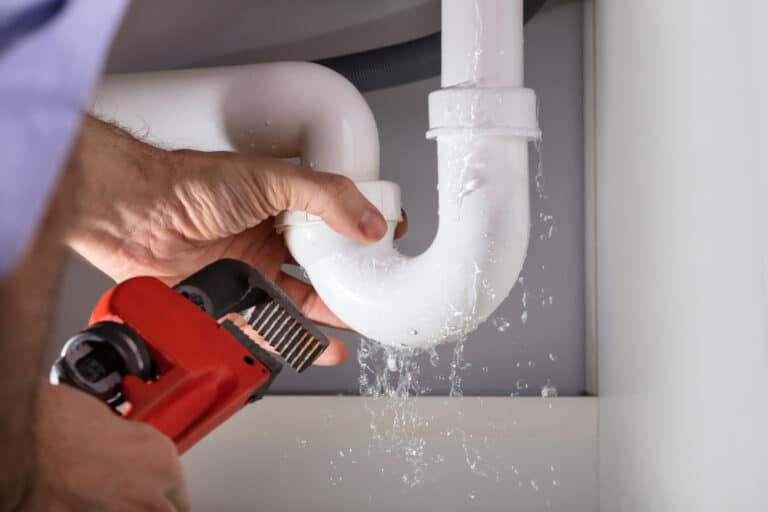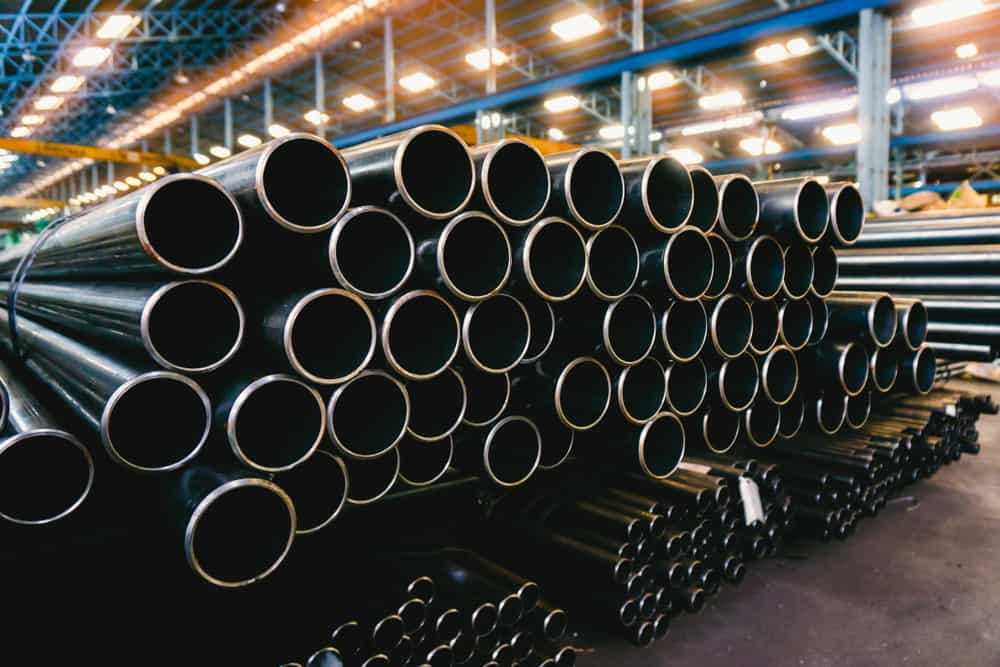Insulating pipe helps prevent freezing and reduces the chance of pipes breaking. It also improves your home’s efficiency by decreasing condensation and sweating.
Insulating pipes of all sizes, from small water lines to larger gas and electric ones, is possible. But it’s essential that you select a type that suits your individual needs.
Foil Pipe Covers
Insulating pipe is an efficient way to save energy costs, conserve water, and shield pipes from weather damage. Additionally, it reduces the possibility of bursting pipes during wintertime, which could lead to flooding.
To properly insulate your pipes, the first step is identifying their location and which types of insulation will best fit them. For instance, if your home is exposed to freezing temperatures frequently, it’s essential that all pipes in your house that pass through unheated spaces such as exterior walls, basements, crawl spaces, and garages are covered by insulation.
When insulating pipes, make sure to cover the entire length of pipe so all areas are secure. Otherwise, ice could build up on exposed sides and cause leaks or bursts.
One of the best ways to insulate pipes is with a foil-backed pipe wrap insulation strip. These flexible strips are easy to install and designed for optimal flexibility.
These flexible sleeves can be used on both hot and cold pipes alike. Crafted from foam or rubber, they’re easily cut to fit around bends in pipes.
Foil-backed pipe wrap insulation is an efficient way to insulate pipes, making it a great choice for homeowners looking to reduce energy costs and conserve water.
Insulation tapes come in a range of materials, such as foam, bubble-film and natural cotton. They’re available both self-adhesive and adhesive backed varieties for protection of pipes from environmental elements. Insulation tapes can be wrapped around small sections or long pipes to completely cover them regardless of shape or size.
Another viable option is a foam sleeve. These are commonly used to insulate hot water pipes and can be quickly installed and taken out for maintenance. They’re an inexpensive, straightforward, and efficient solution that reduces the risk of frozen pipes.
Foam sleeves can be especially beneficial in areas with high humidity levels, where water vapor can be an issue. When installing foam sleeves, be sure to use a headlamp and take extra measures to keep the area dry.
When fixing a damaged jacket on an outdoor insulated pipe, it’s wise to seal the lap and butt joints with laminate tape that has pressure-sensitive adhesive (PSA). This type of weather-resistant tape can also be used to repair any tears in the jacket as shown in Figure 9 above.
Spiral-Wrap Insulation
Insulating pipe in your home not only prevents frozen pipes and their associated damage, but it can also save energy. Insulating your plumbing system will reduce heat loss and raise water temperature – allowing you to lower settings on faucets and showerheads, saving money on utility bills over time.
Spiral-wrap insulation is an ideal way to insulate pipe, as it is easily cut and shaped to fit various sizes and shapes of pipes or ductwork. Not only is this an efficient and cost-effective solution for pipe insulation, but it’s also perfect for spaces where space may be limited.
Materials used for fabrication of this type of component include PTFE (polytetrafluoroethylene), polyethylene and nylon. PTFE is ideal for many applications due to its superior chemical and thermal resistance while being non-flammable. Nylon works great indoors and outdoors in harsh chemical environments or high temperature conditions.
Common applications include steam distribution, condenser return and fittings. It’s also suitable for piping systems requiring fire protection such as industrial heating and cooling systems.
If the insulated pipe is located outside, air-sealing the cavity is recommended to prevent cold air from getting into the pipes. Spiral-wrap insulation offers double protection by wrapping both sides with a vapor barrier, helping protect against condensation problems.
Another advantage of spiral-wrap insulation is its ease of installation; all you need to do is wrap it around pipes or ducting and secure with tape. Start at one end, secure with adhesive tape, then wrap around the pipe/ducting, overlapping the insulation as you go along.
Insulating a home’s hydronic (steam or hot water) heating system can be an economical and time-saving investment. It can reduce heat loss up to 90%, leading to dramatic savings on utility costs. Furthermore, insulate hot water pipes and raise your water temperature by 2degF-4degF; making faucets and showerheads run more efficiently.
Self-Sealing Adhesive Strips
If your pipes run through exterior walls or other areas that could freeze, it’s essential to insulate them. Frozen pipes can cause extensive water damage to a home and be costly to repair.
Insulating pipe is an inexpensive and practical way to protect it from damage. But it’s essential that you select the appropriate insulation product and follow its installation instructions precisely in order to achieve optimal results.
Self-sealing adhesive strips are an excellent solution for pipe insuring, as they seal both ends of the insulation seam, helping to keep out condensation. This is particularly helpful in areas with high levels of moisture such as bathrooms and kitchens.
These strips come in various thicknesses and can be used for both hot and cold water pipes. Furthermore, they make ideal insulation for crawl spaces or basements.
To apply these strips to a pipe, begin by duct-taping one end of the strip (if it is not already self-adhesive) to the pipe. Next, create spiral loops around the pipe that overlap each other by about half an inch, and finally tape down all of your strips so they are completely covered by pipe insulation.
Pipe insulation comes in various forms, such as foam and foil wrap. These can be used for straight sections of pipe that are easy to handle, as well as bends where traditional pipe wrap would not suffice.
Pipe insulation can also be achieved using a self-sealing elastomeric sleeve, made of nonpolar EPDM rubber for flexibility and low thermal conductivity. They feature a vapor barrier cover as well as an adhesive seam to facilitate sealing.
Insulating your pipes with either type of insulation is an easy, cost-effective way to protect them from freezing or bursting. Not only that, but it can save you money in the long run by preventing energy losses and keeping bills low. It is best to insulate all pipes – hot and cold – for maximum benefit.
Foam Pipe Sleeves
Foam pipe sleeves are an economical solution to protect pipes from freezing and help prevent water leaks. They come in various lengths and thicknesses, making them easy to install. Furthermore, some versions are self-adhesive so you can use them around smaller pipes or connectors more easily.
To use foam sleeves on pipes, position them lengthwise along the pipe and pry open a slit that runs down its length. Slide the sleeve over the pipe and secure with either self-adhesive strip integrated into the sleeve or duct tape applied along its entire length.
Alternately, you can miter-cut the sleeves to fit around corners or cover corner fittings with pipe wrap and tape them onto the sleeves. However, be sure to seal any butt seams where two sleeves converge before concluding installation.
Another way to insulate pipes is with spiral-wrap insulation. This roll-like material can be wrapped around the pipe in spiral loops and secured using tape at both ends. Overlap the insulation by half an inch for complete coverage and secure with tape.
If your climate is moderate, insulation your pipes can save money and boost the energy efficiency of your home. It also shields hot and cold water pipes from freeze damage.
Foam pipe sleeves not only prevent your pipes from freezing, but they can also speed up the rate at which your hot water reaches its maximum temperature. This is particularly advantageous for those with tank-fed hot water systems since it helps the water remain hotter between uses.
Insulating your pipe has additional advantages, such as decreasing noise levels and increasing the safety of your home’s plumbing. Furthermore, foam sleeves help prevent corrosion and other damage caused by water or air leaking from its connections.
When insulate your pipes, the most critical factor to remember is selecting the appropriate type of insulation for the job at hand. This will determine how quickly you recoup your investment as well as its performance and ability to prevent your pipes from freezing.


